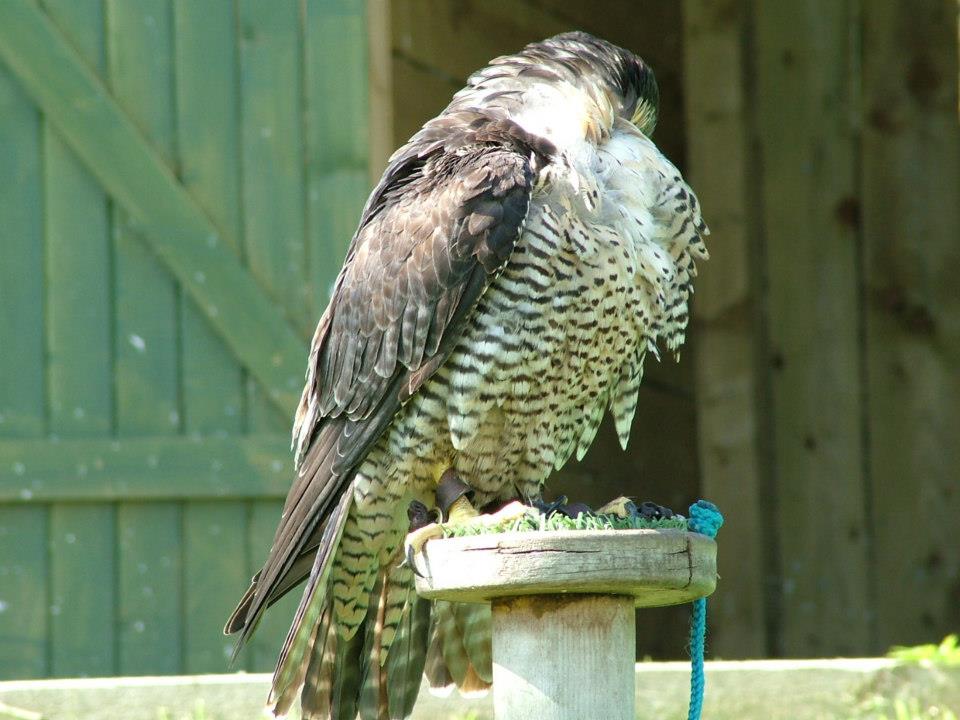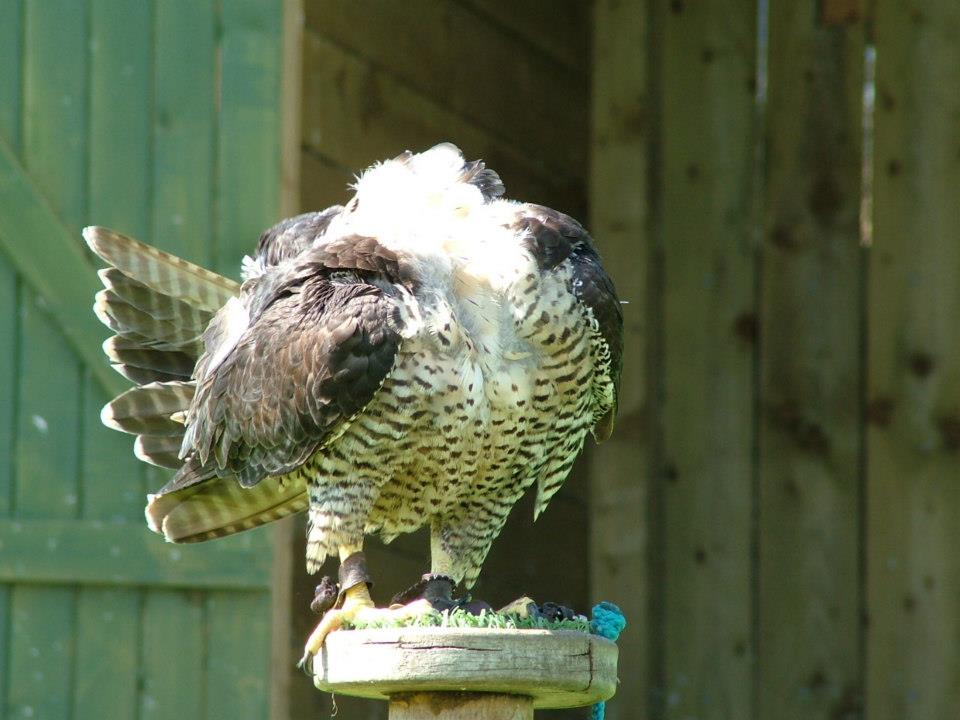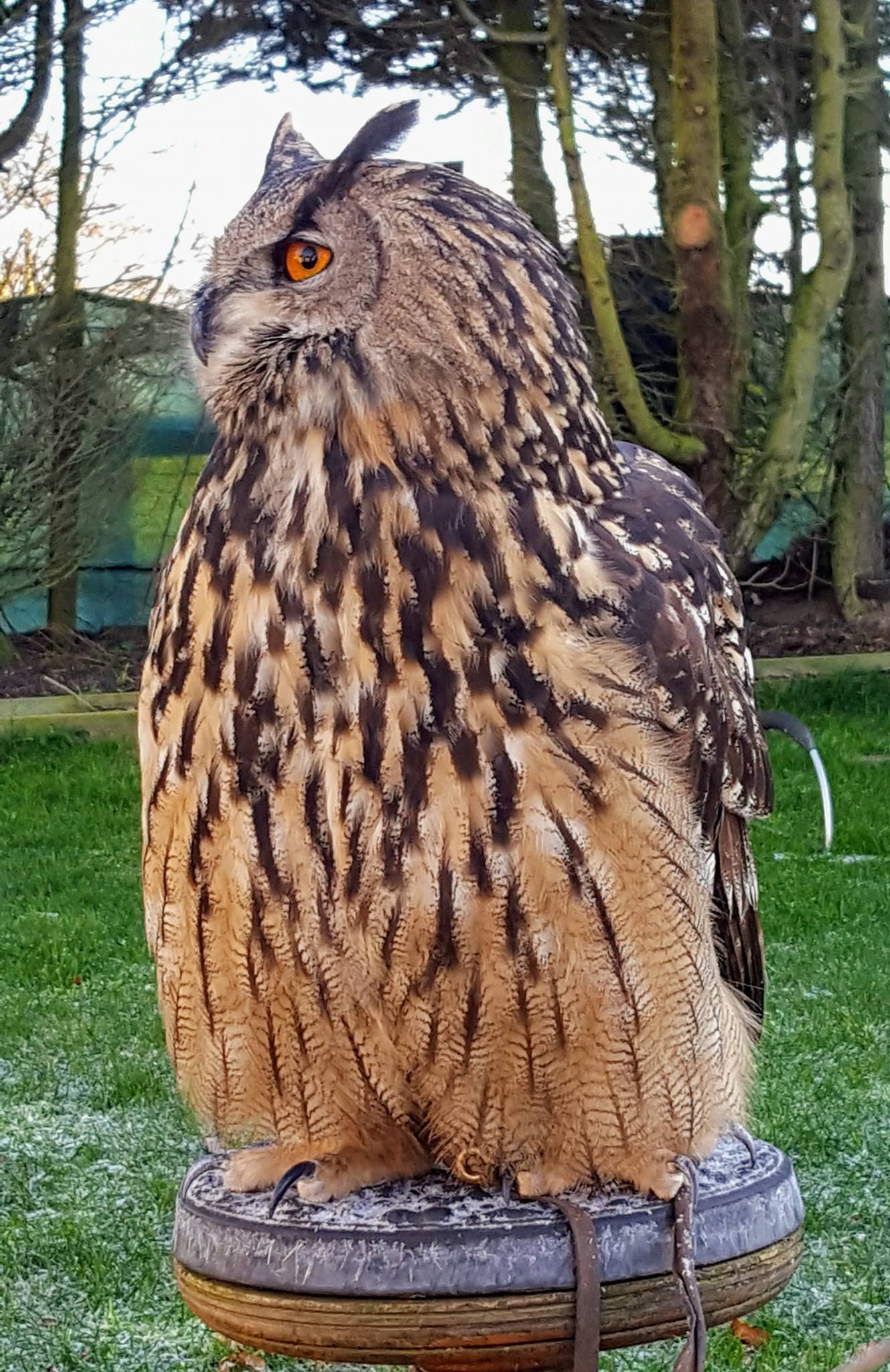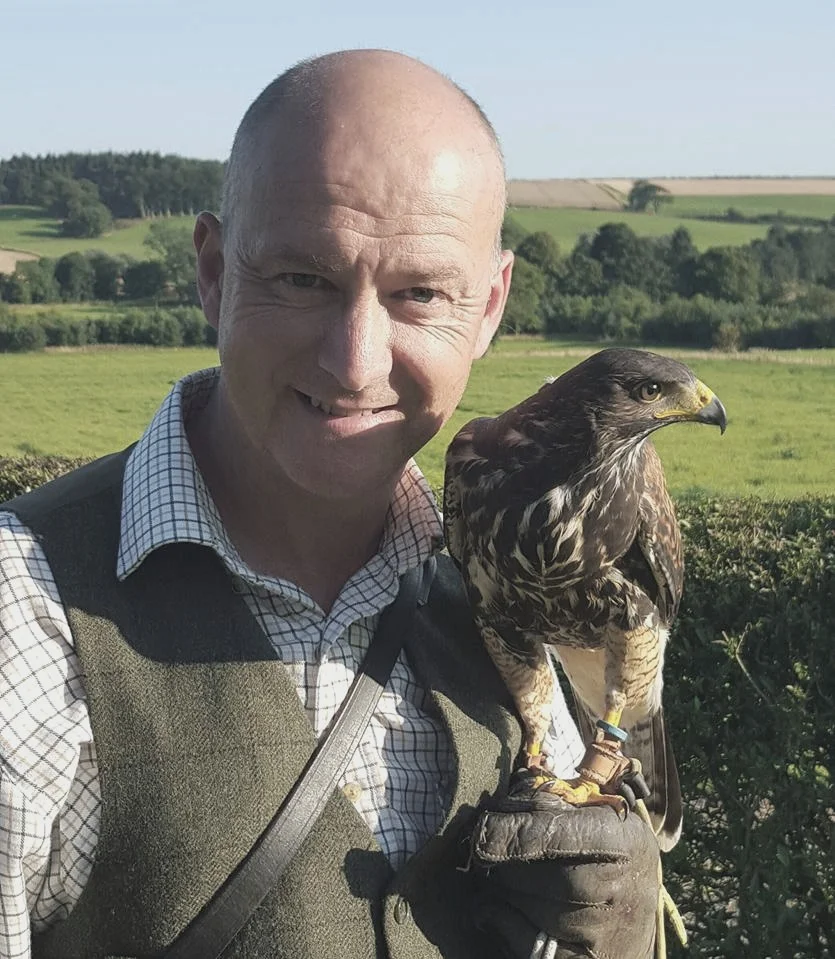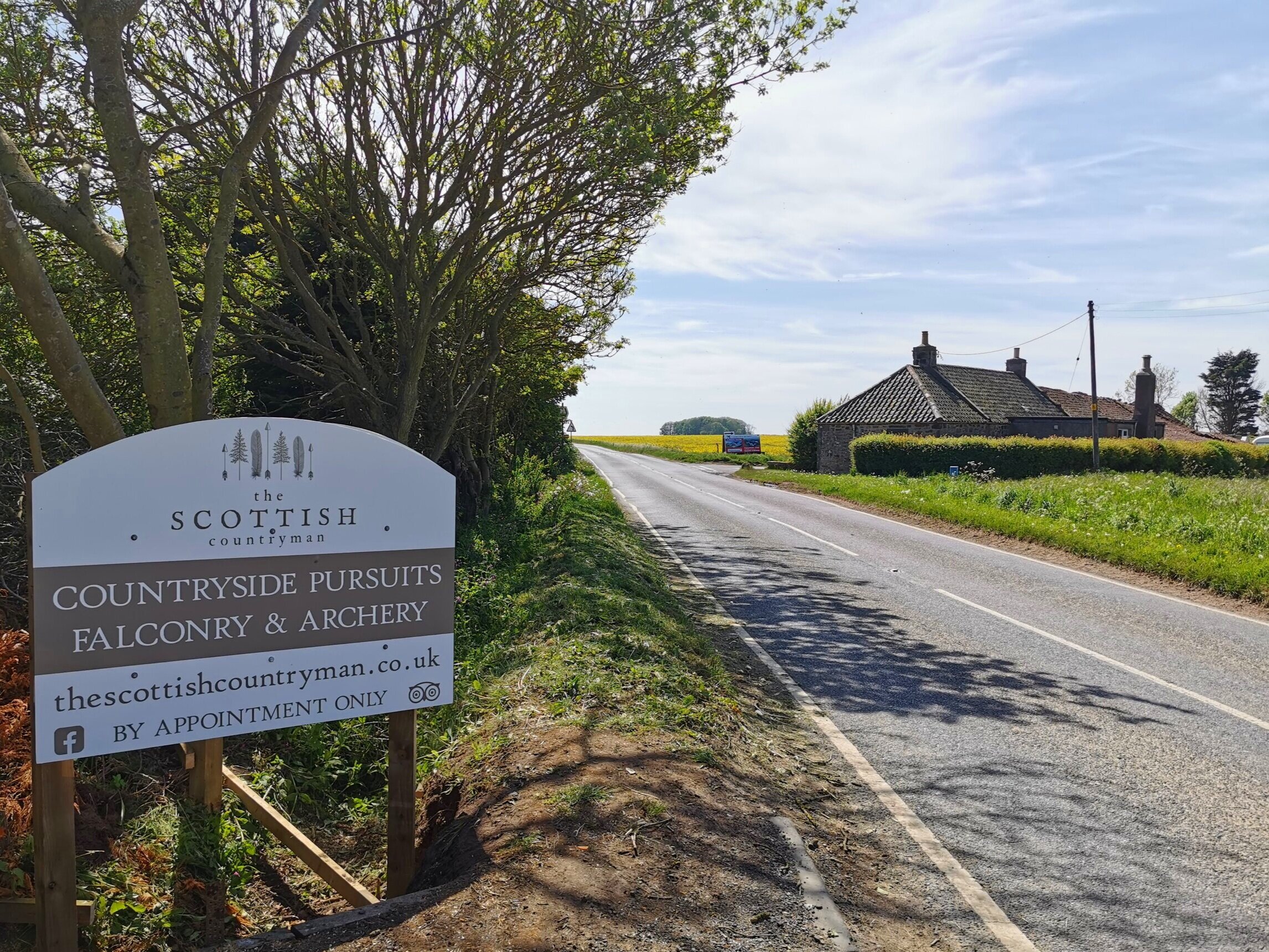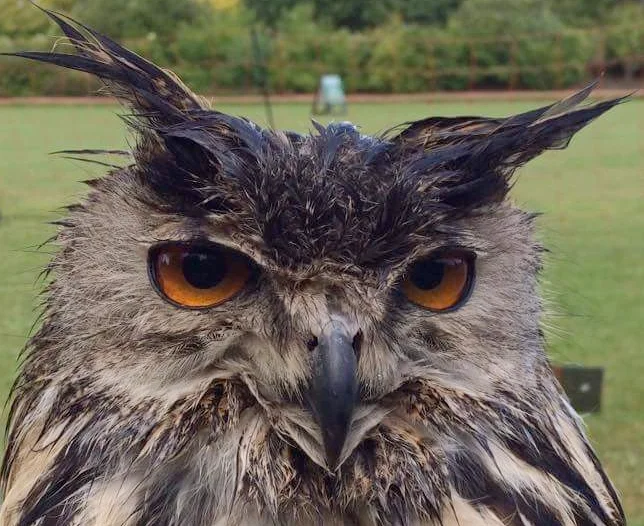When is the best time to visit the East Neuk of Fife?
/CELLARDYKE in the east neuk of fife
TL:DR Any time is a good time to visit the East Neuk of Fife!
When is the best time to see the East Neuk of Fife?
If you’re planning a trip to Scotland, and want to take in the East Neuk but you’re not sure when is the best time to visit, then this post is for you! In it, we’ll explore the seasons in the East Neuk so you can decide whether to come in Spring, Summer, Autumn or Winter.
Where and What is the East Neuk?
The East Neuk (or ‘Nook’ or ‘corner’) is a strip of land in the north-east corner of the Kingdom of Fife, on Scotland’s east coast. The Neuk includes the coastal villages of Elie and Earlsferry, Crail, Cellardyke and Anstruther, Pittenweem, and St Monans. Kilrenny and Kingsbarns are just inland and then there are the farming hamlets of Carnbee and Arncroach and the hill villages of Kilconquhar and Collinsburgh.
Spring and Summer in the East Neuk
Spring can be magical! Birdsong, warmer weather, spring flowers, a duck race and beer festival. It’s busy over the Easter holidays, but - otherwise - quiet enough to ensure you’ll get your first choice of where to park/eat/shop/walk.
In Summer, the East Neuk, like other touristy areas of Scotland, is very busy. As well as tourists from overseas, we get holiday-makers from other parts of Scotland, too - many of whom have been coming to these parts for years. St Monans has a long history of Glasgow visitors, while Elie and Earlsferry have many Edinburgh patrons.
Pros of visiting the East Neuk in the Spring and Summer
The freshest of fresh air! Spring is still quiet, outside of Easter, but everything is in full swing in summer. Markets open up in Spring As well as boat trips to the May Isle and plenty of golf, you’ll find art festivals, music festivals, village fetes and Open Studios days on offer throughout June, July and August. Check out the links for more:
Cons of visiting in the Spring and Summer
It can be trickier to find somewhere to park and not so easy to get a table at lunchtime in the most popular places. Weekends are especially busy.
Some of the many Spring and Summer activities you can enjoy in the East Neuk:
The East Neuk Festival (ENF) - world-class live music 25 – 29 June 2025 in Crail, Anstruther, Kilrenny, and Bowhouse, St Monans.
East Neuk Open Studios - 21/22 and 28/29 June. Meet the makers of all kinds of local art and crafts.
Crail Festival - 16 - 26 July for a wide range of events: arts and crafts, music, theatre, family, BYOB…
Pittenweem Arts Festival - 2-9 August more than 140 artists dotted throughout the village - come and explore!
Autumn and Winter in the East Neuk
All of these photos were taken in January and February, which is right in the depths of our winter in Scotland.
Autumn weather can be warm, as summer warmth lingers into September and October. The coastal villages can be busy during the school holidays in October, and walkers particularly like to tackle longer stretches of the Fife Coastal Path, but this is still a much less hectic time in the East Neuk than high summer.
Winter is a quiet time of year in the East Neuk, so an ideal time to visit if you are looking for some peace and quiet and crowd-free beaches. Most shops, cafes and restaurants are still open - as they serve locals as well as tourists - and there are also some lovely things to do at this special time of year. As well as art exhibitions, there’s the Snowdrop Festival, Christmas fayres and food fairs, too.
Pros of visiting the East Neuk in Autumn and Winter
Far less busy than in the summer, so way more space to enjoy! And the good days, like those in my images, are just outstanding.
Cons of visiting the East Neuk in Autumn and Winter
The weather is very changeable and, when it’s cold and windy, it can be hard-going here in the East Neuk - so you need the right gear to cope with bad weather. (That mostly means something warm and wind- and waterproof.)
Some of the Autumn and Winter activities you can enjoy in the East Neuk:
The Dunhill Links Championship - in October, links golf played across three courses: Kingsbarns, Carnoustie and the Old Course
The Snowdrop Festival - in February, at Cambo House by Kingsbarns
Music gigs - throughout the season, including live DJ sets and Crail Folk Club


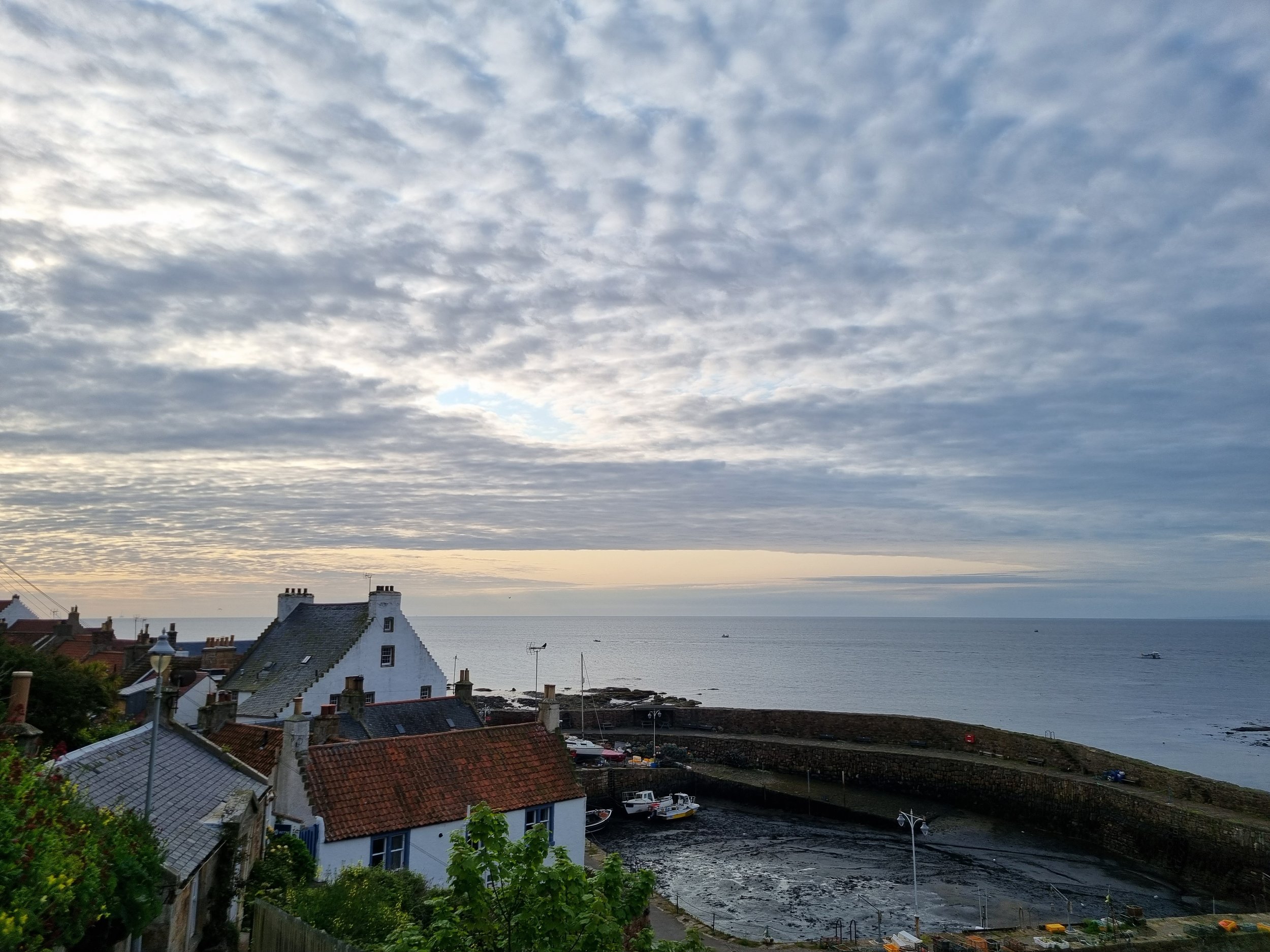
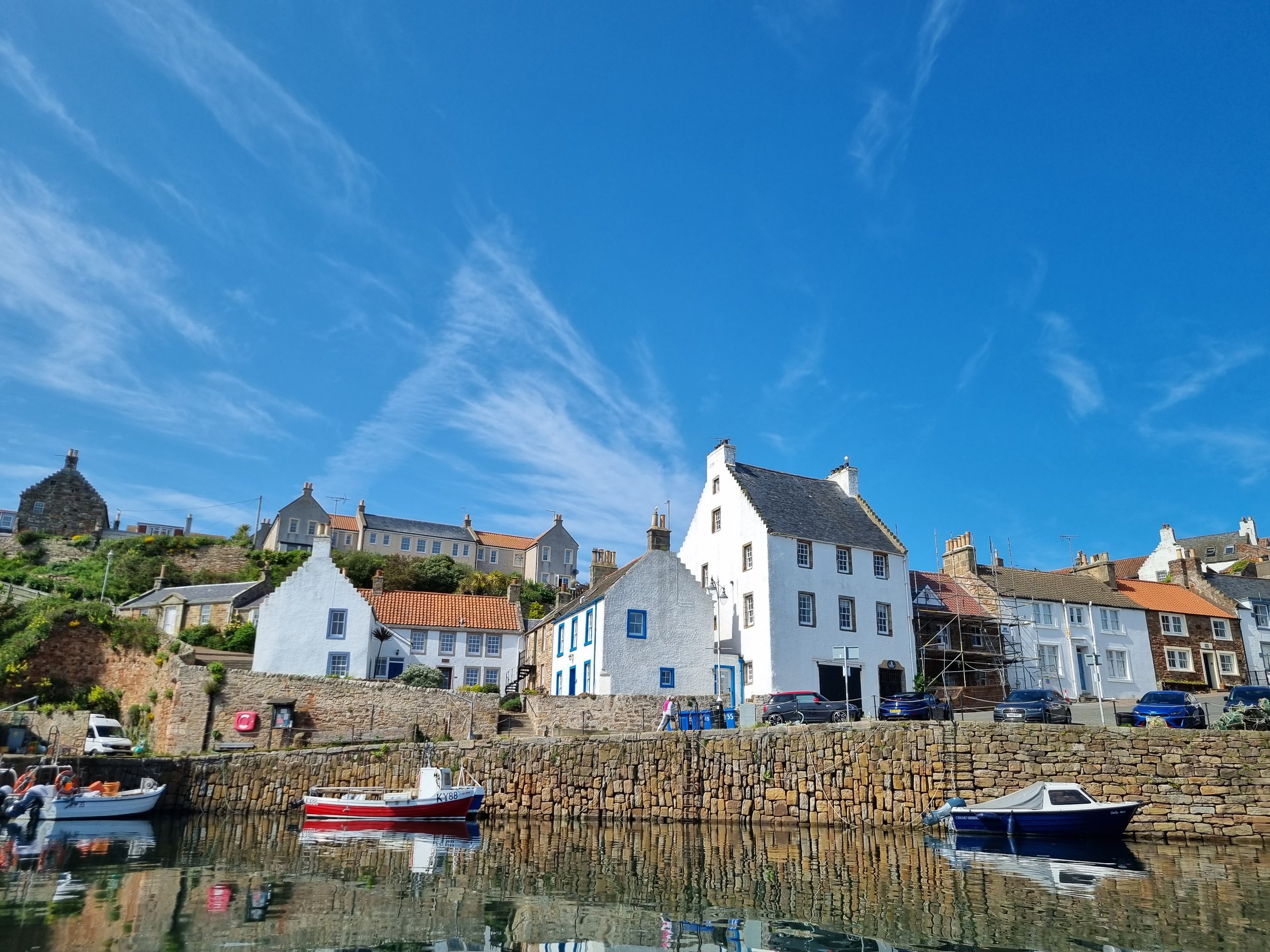
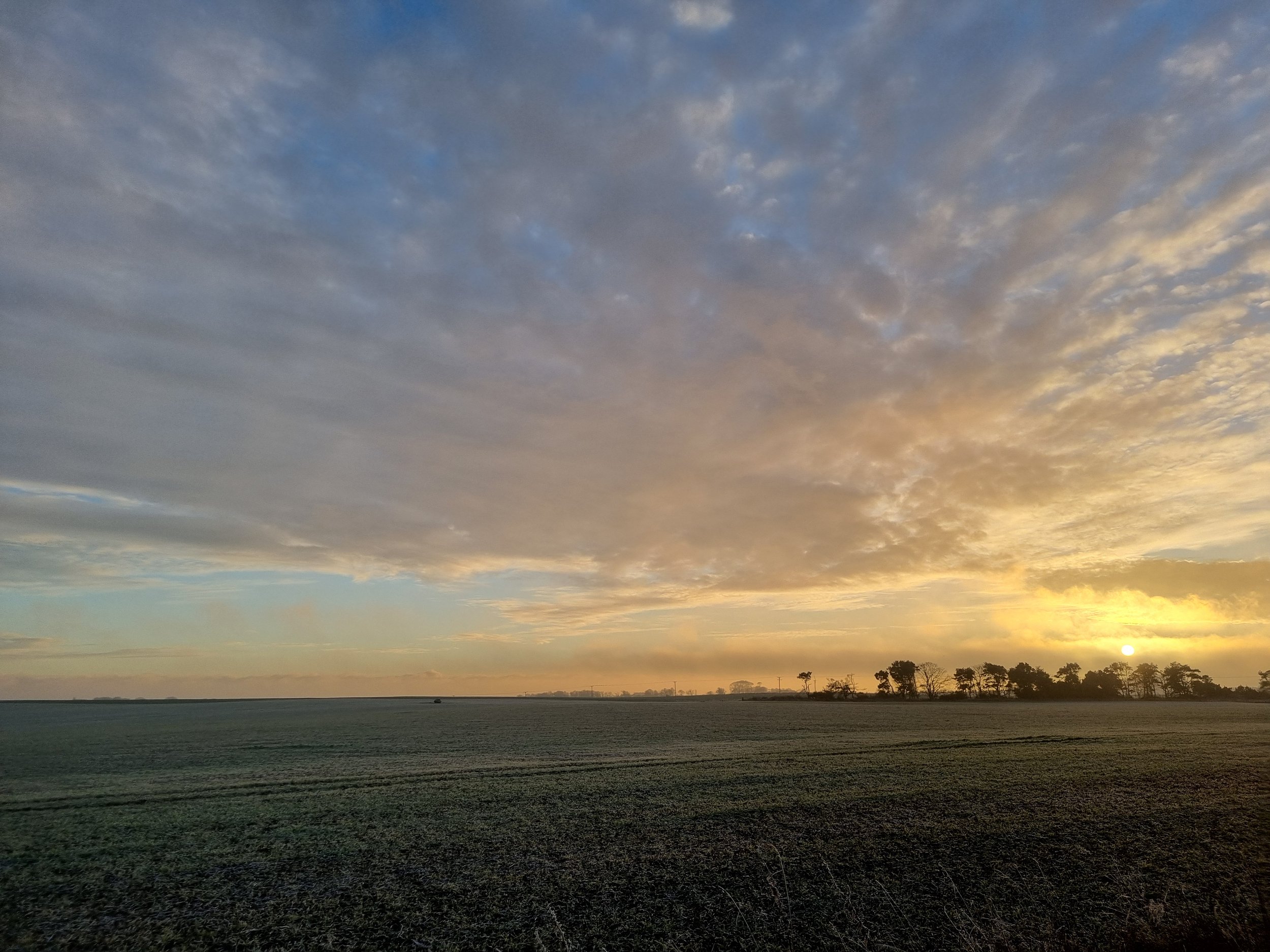
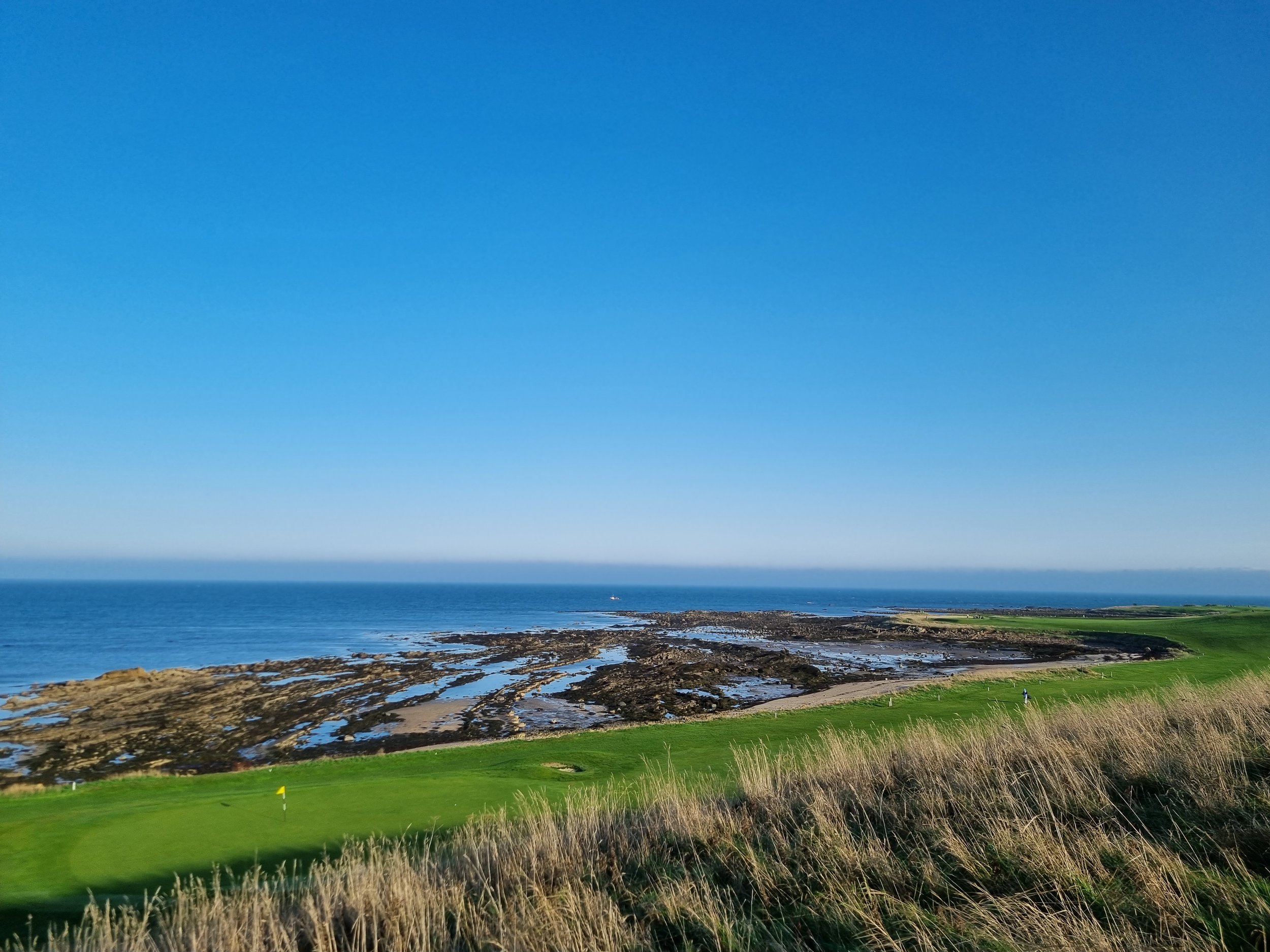
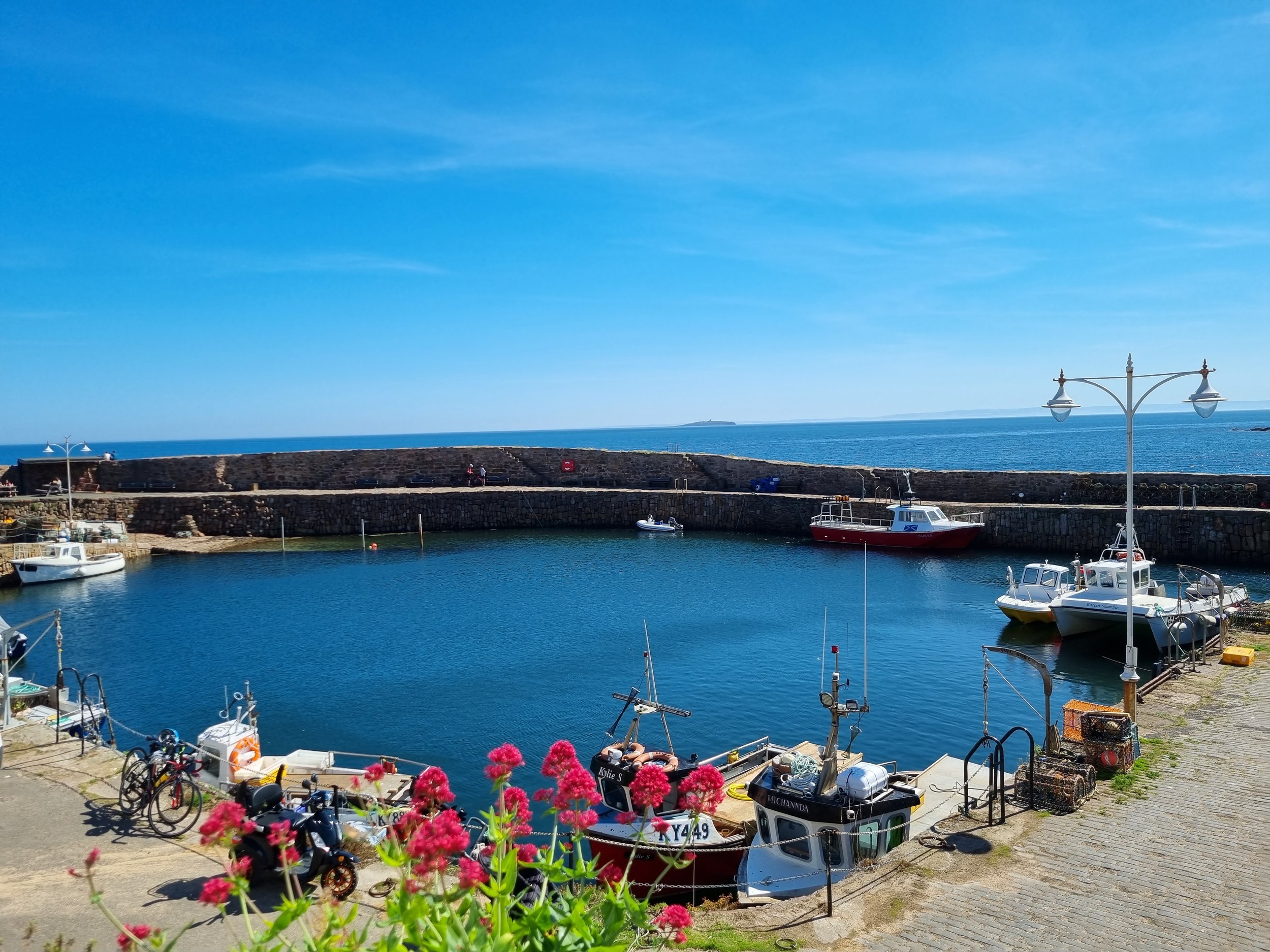
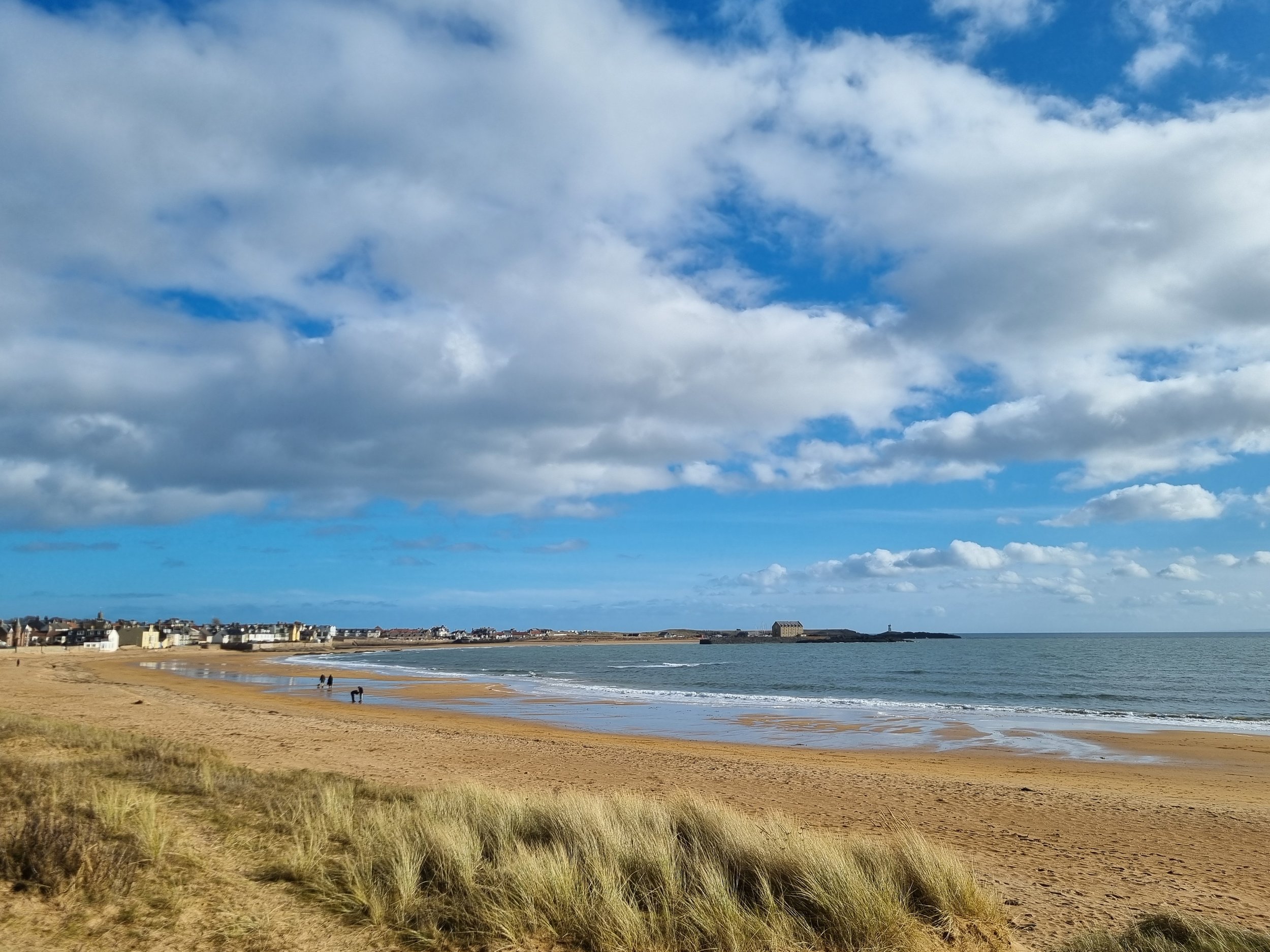
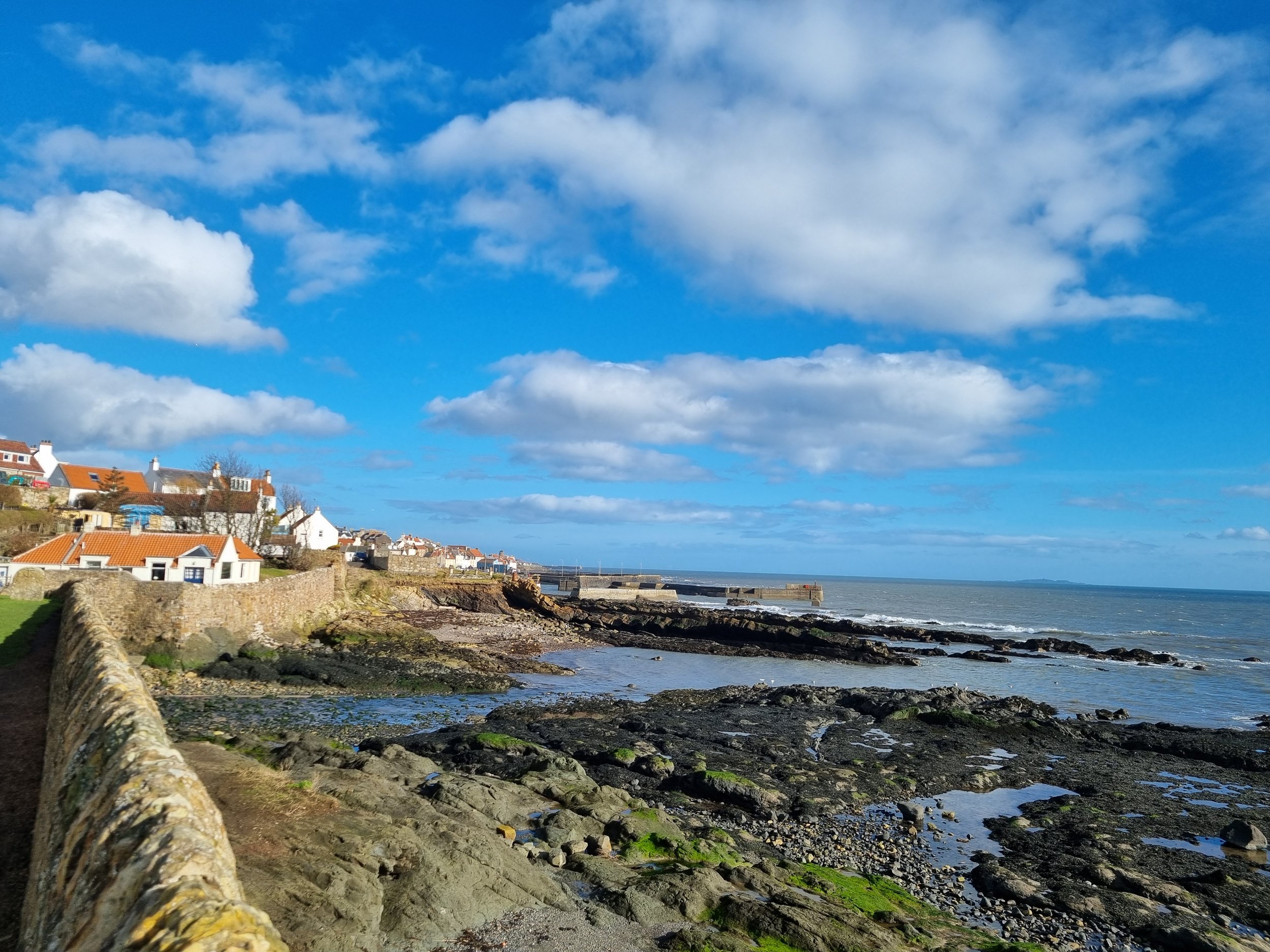
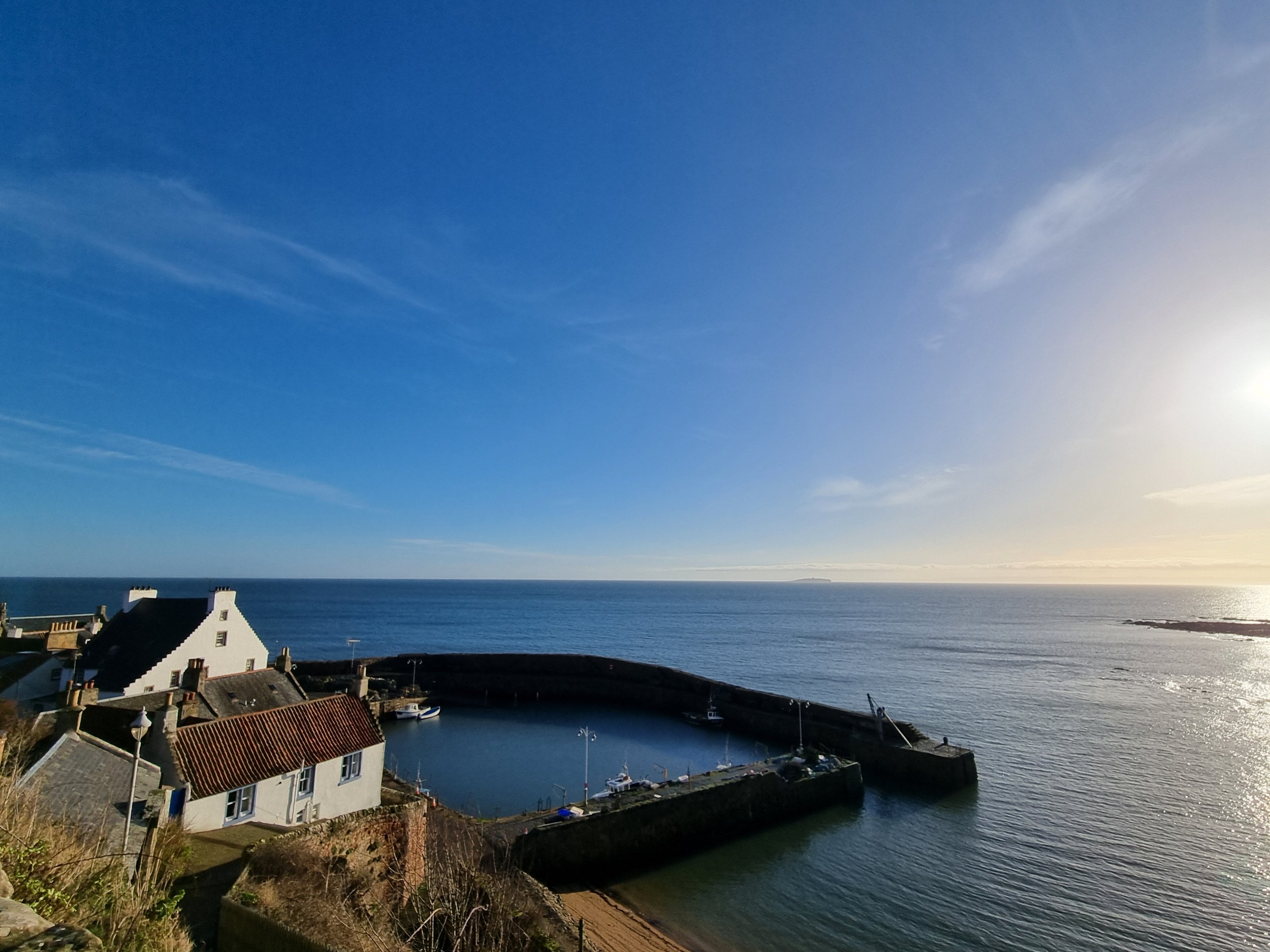

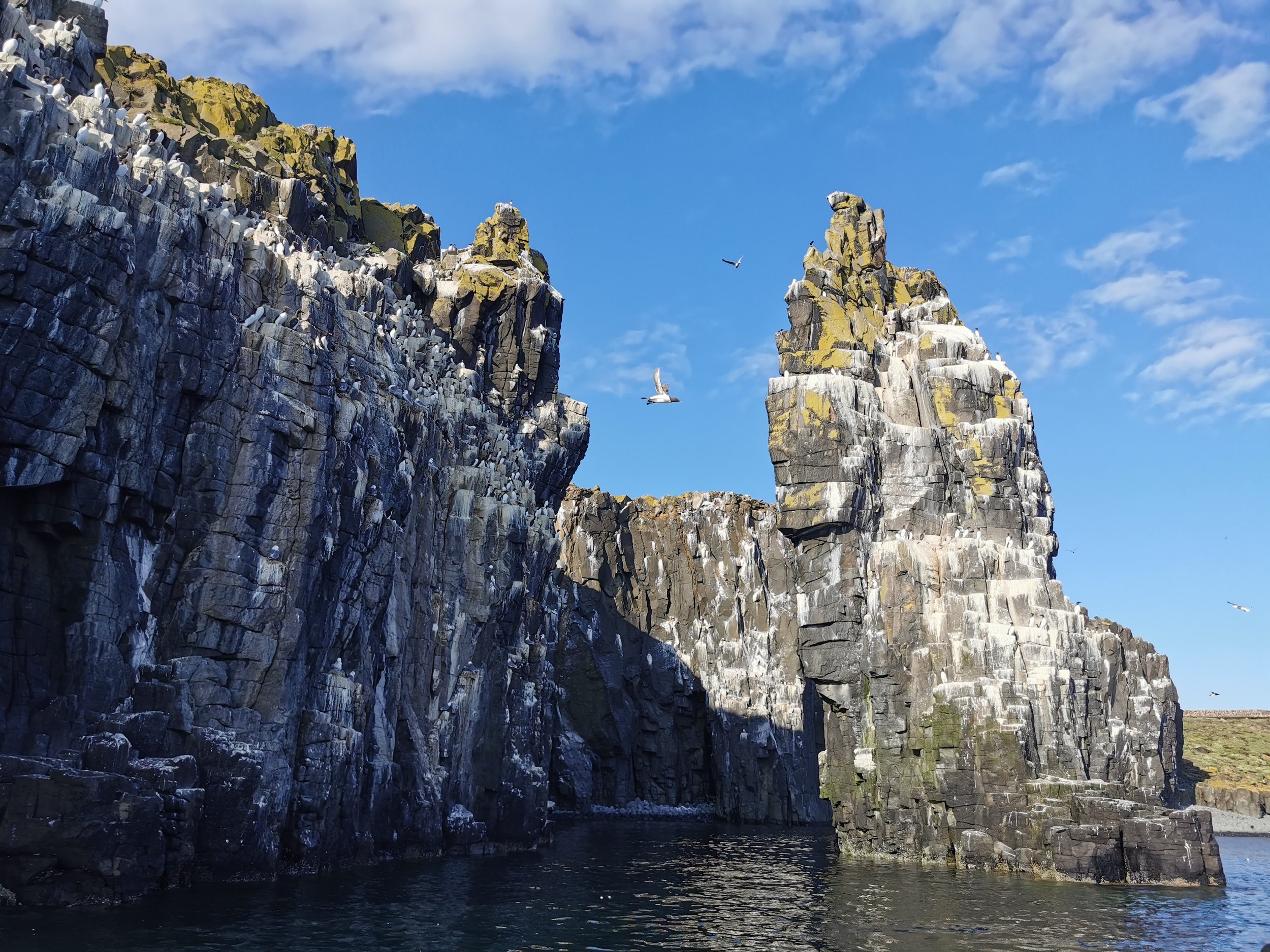
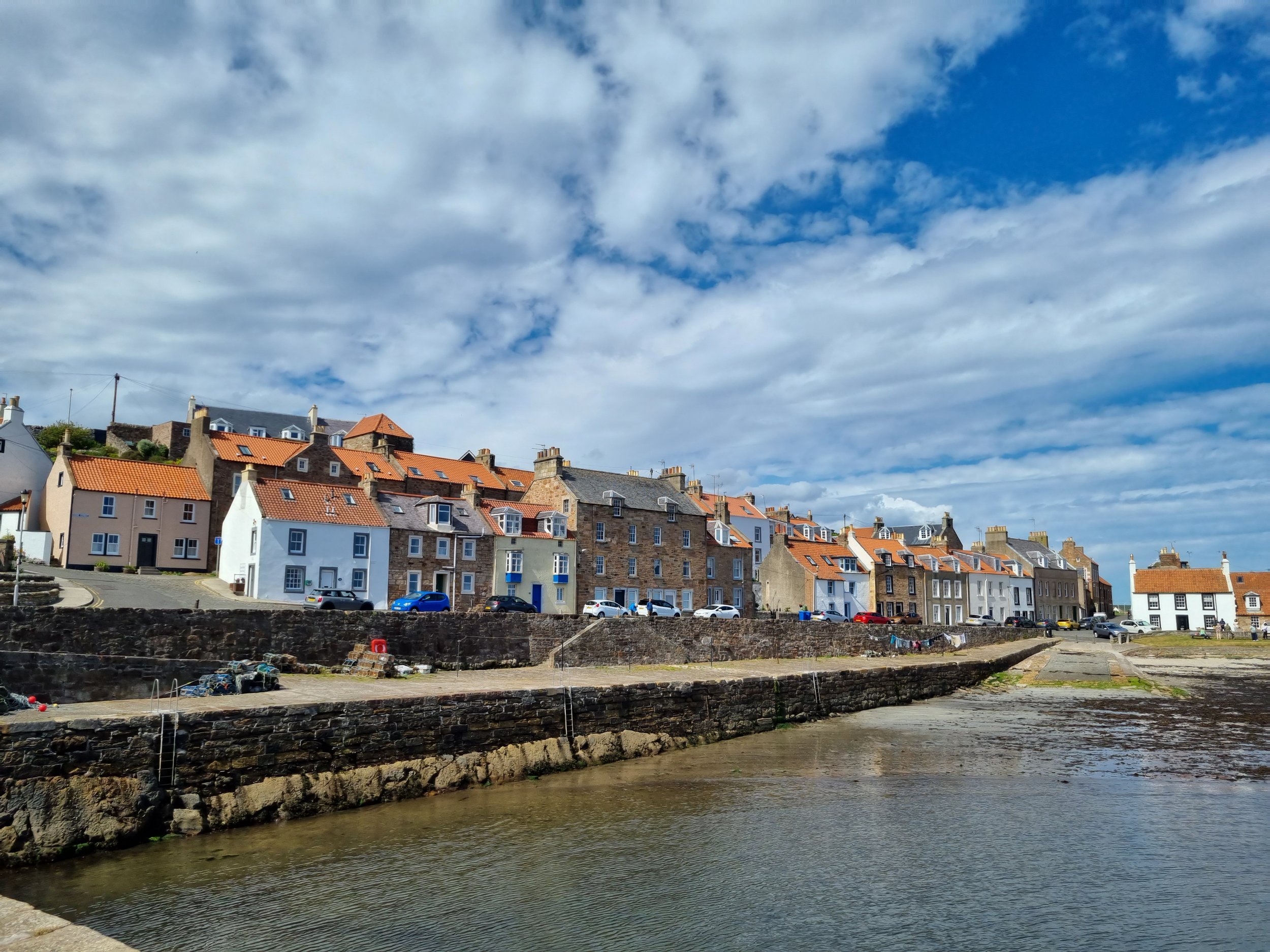
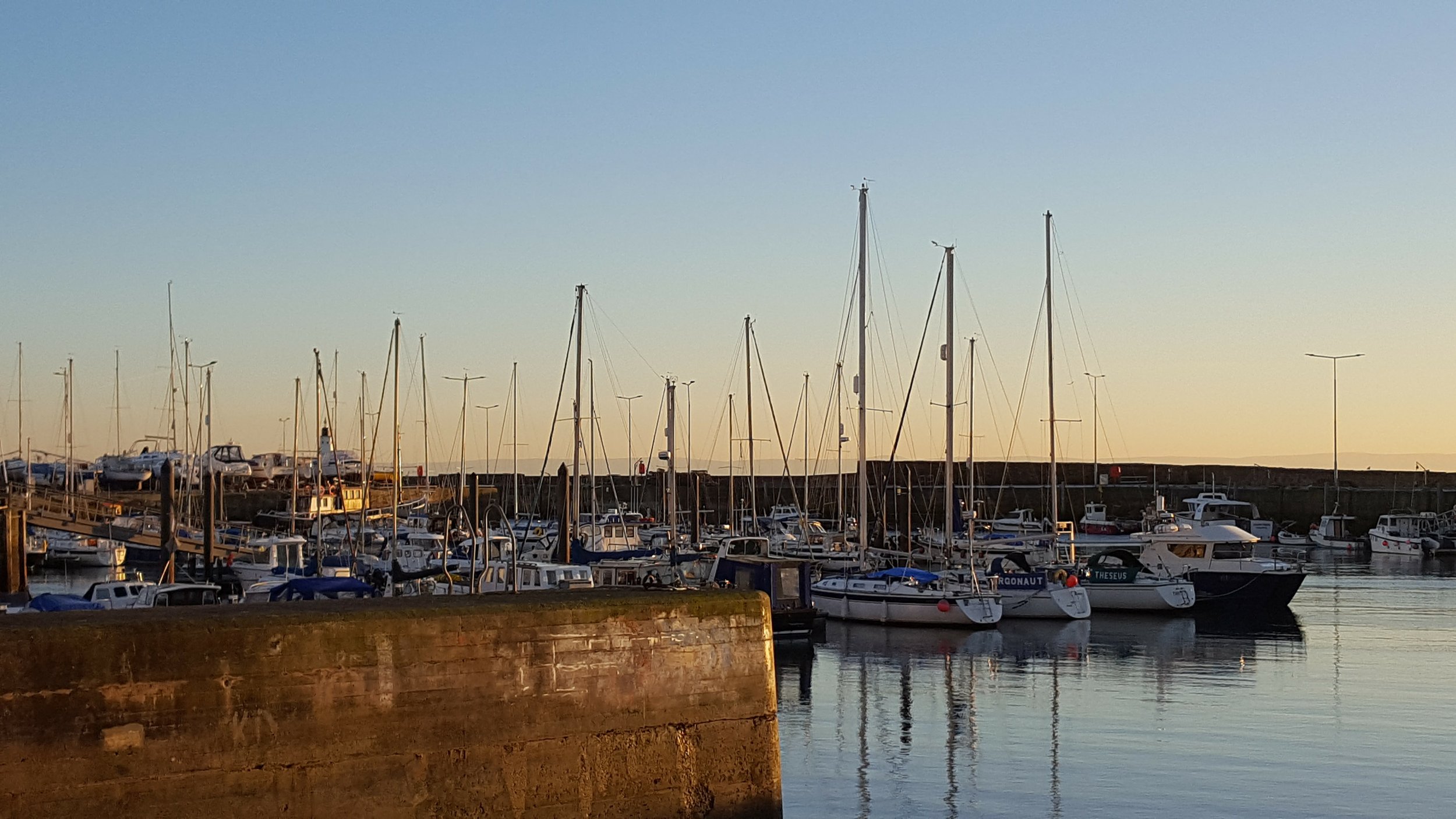
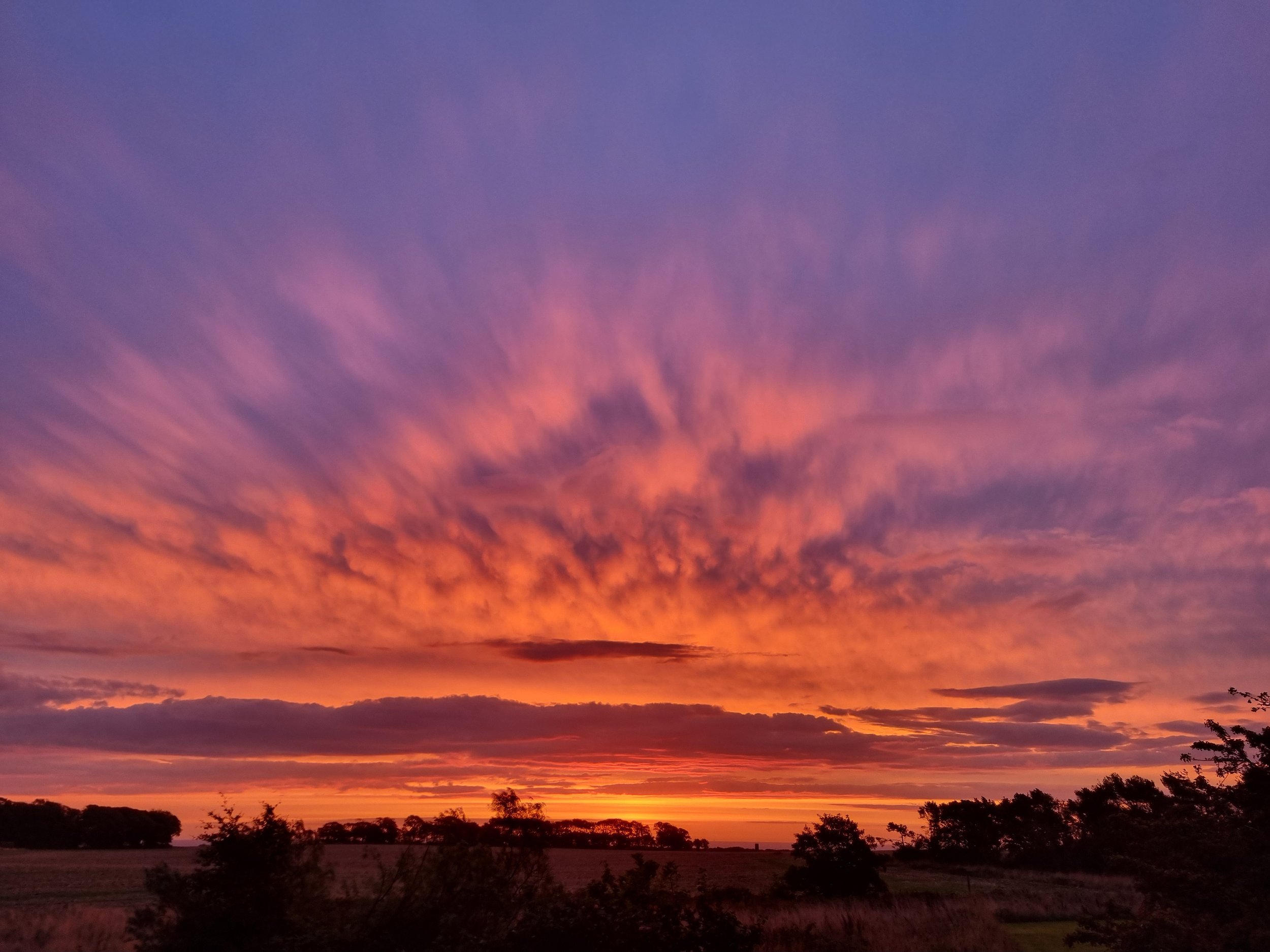
Take a tour of the East Neuk
To make the most out of your time in the East Neuk , why not let me take care of the logistics? I’ll manage all of the driving, parking, and timings of your trip, so that you can relax and enjoy the sights of this beautiful corner of Fife in Scotland. (I can also create a bespoke itinerary for you, based on your own wish-list, if you’d prefer to self-drive but want a route to follow.)
With my half- and full-day tours of the East Neuk taking around 4 or 8 hours, I tailor the route and stopping points to your interests. I’ll create an itinerary to show you the best bits based on your wish-list and I’ll recommend the best places to grab a coffee or sit and have lunch, depending on the time available and your preferences.
The Scottish Countryman tours can be on any day of the week and they run throughout the year. You can find out more about my full-day and half-day tours of the East Neuk here or send me an email.
You can also see a blog post on taking a TSC Tour of the East Neuk.






































































